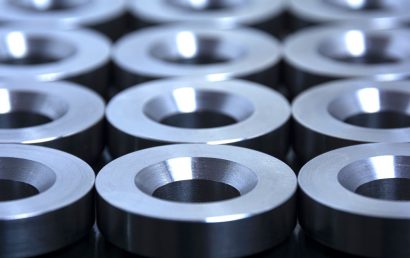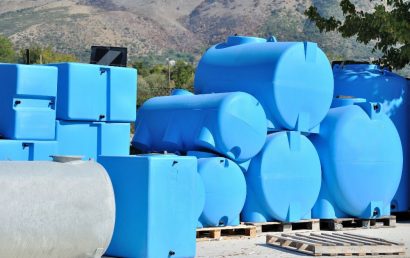How To Protect Against Corrosion Fatigue
Corrosion fatigue is experienced by nearly all engineering structures thanks to alternating stresses in some form. This is, in part, commonly the case with engineering structures due to the fact that, at some point during their service life, they are exposed to harmful environments. Specifically, what is corrosion fatigue? It occurs in a destructive environment and applies to mechanical degradation (fatigue). It happens when a material is under the joint action of a cycling load and deterioration.
Causes for Corrosion Fatigue
Metal fracture and/or corrosion is caused due to the joint action of cyclic stress and degeneration. Quick fluctuating stresses that are below tensile strength can be the cause of certain cases of corrosion.
Fatigue strength refers to the fatigue life recorded as a max stress value. Upon material being placed in an aggressive environment, a dip can be seen in fatigue strength. To head off corrosion, several factors must be analyzed including the following:
- Metallurgical factors
- Environmental factors
- Loading factors
Corrosion Fatigue in Metal Products
In shipbuilding, the manufacturing of heavy industrial equipment, and more, small metal panels are used. Within these metal products, and so many more, corrosion can occur. Truth be told, if you place any metal in an environment considered corrosive, you would be hard-pressed to find one that is immune to a reduction in cyclic stressing resistance.
As metals are exposed to the actions of repeated stress and a corrosive environment simultaneously, a significant fatigue strength decrease occurs – this is different than what would ordinarily be experienced in mere air. CF, or corrosion, is the result.
Cyclic stress or cyclic strain is, basically, force distribution that, over time, changes in a repetitive fashion (a.k.a. stresses). Think of a ski lift. Used to drive this aerial lift are large wheels. These wheels are subject to cyclic stress.
One of the terms used in this equation is the word “cyclic”. This is the application of fluctuating or repeated strains, stress intensities, or stresses to certain points of a structural component. Fatigue degradation is the term used to describe the breakdown that occurs at these points.
Can Corrosion Fatigue Be Prevented?
Several different things need to be reduced in order to attempt corrosion fatigue prevention. These are as follows:
- Bring down and control vibration and pressure fluctuations to reduce fatigue.
- For corrosion reduction, use coatings and inhibitors to put off the inevitable – the start of corrosion fatigue cracking.
- Use corrosion resistant high-performance alloys to reduce corrosion.
Rely on A&A Coatings for Protection
When it comes to corrosion resistance, fatigue reduction, and other types of part, component, machine, and other surface protection, the services provided by our thermal spray company are invaluable to virtually every industry under the sun in one form or another. That’s saying a lot – not only in words but in deed! But it’s true because, for decades, A&A Coatings has been serving multiple industries with our coatings. Thanks to the tireless efforts of our research and development team, our techniques and the materials we use are updated constantly.
Call or email us today to find out more about utilizing our thermal spray process for your protective coatings!



